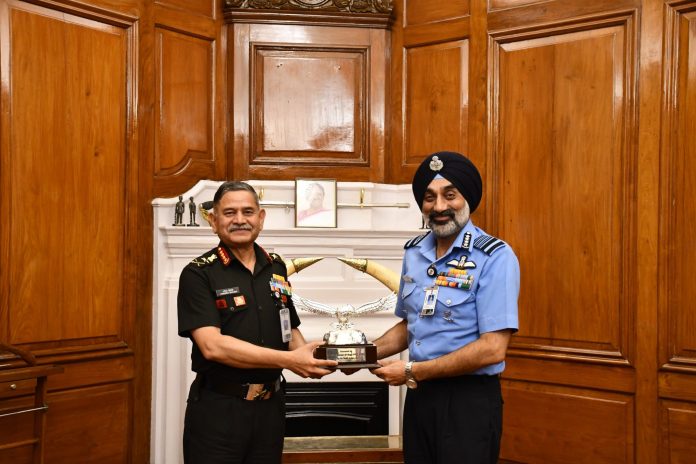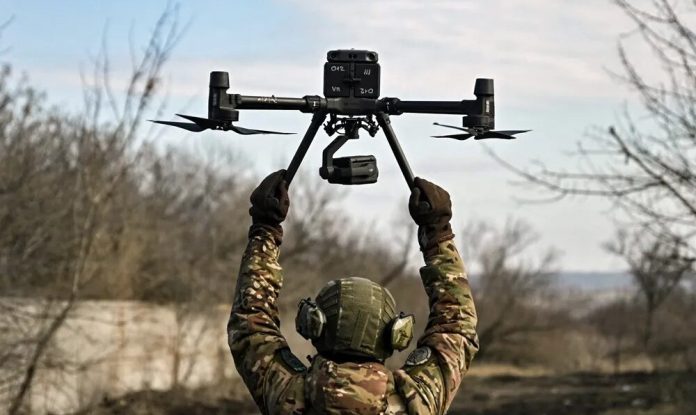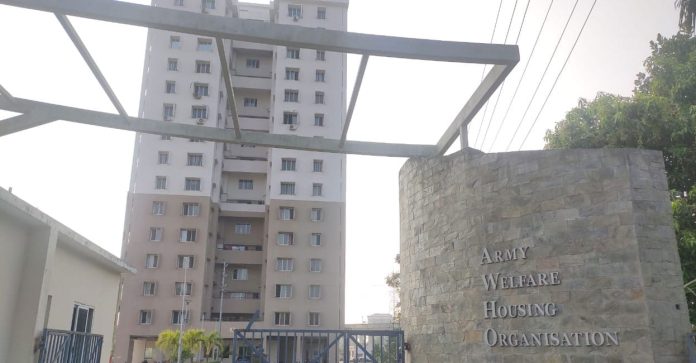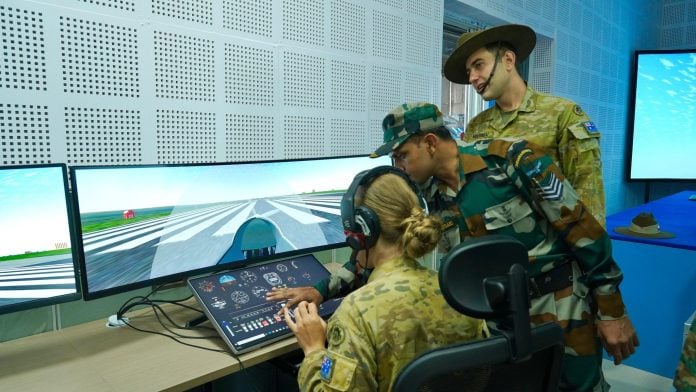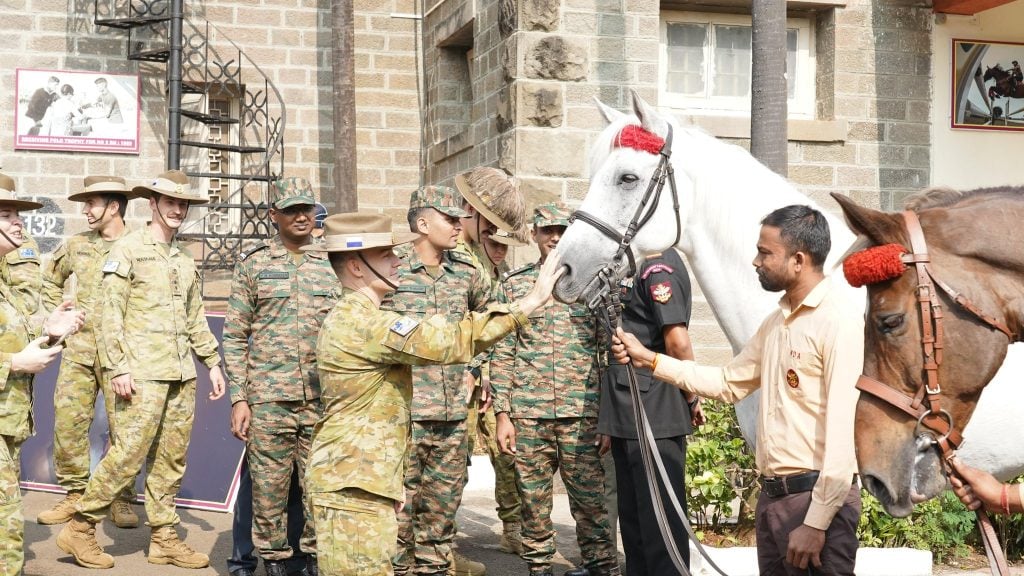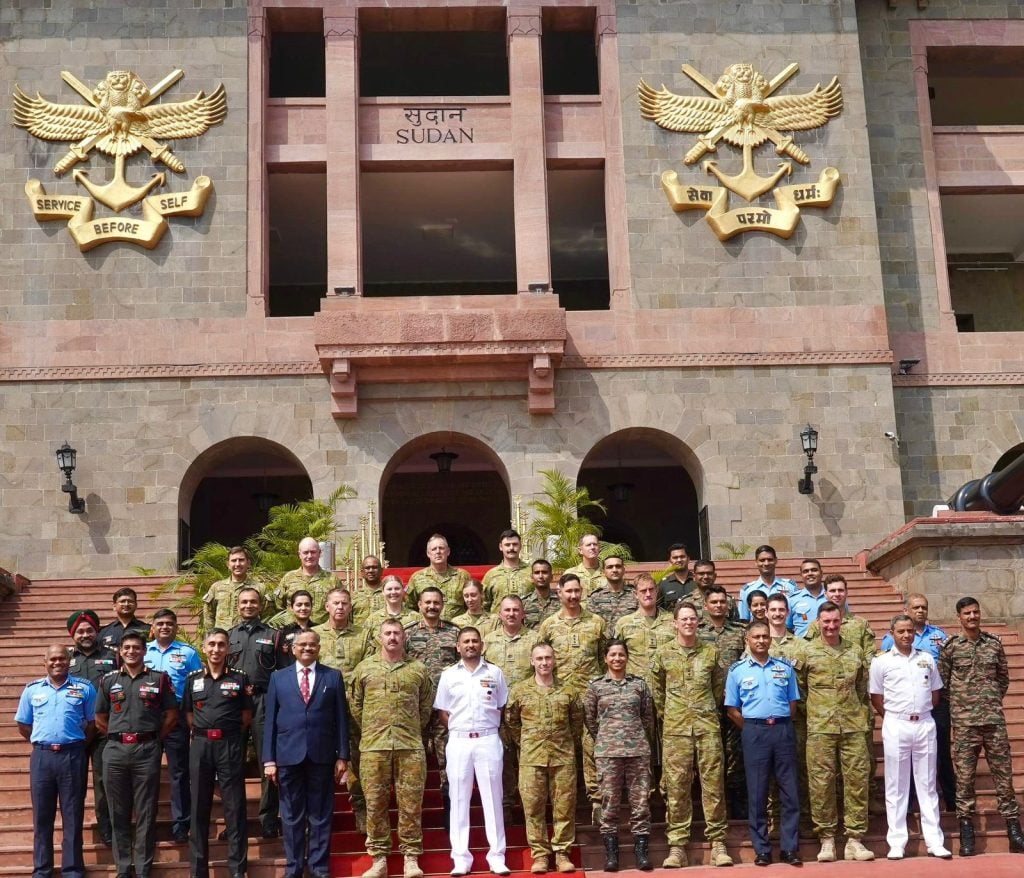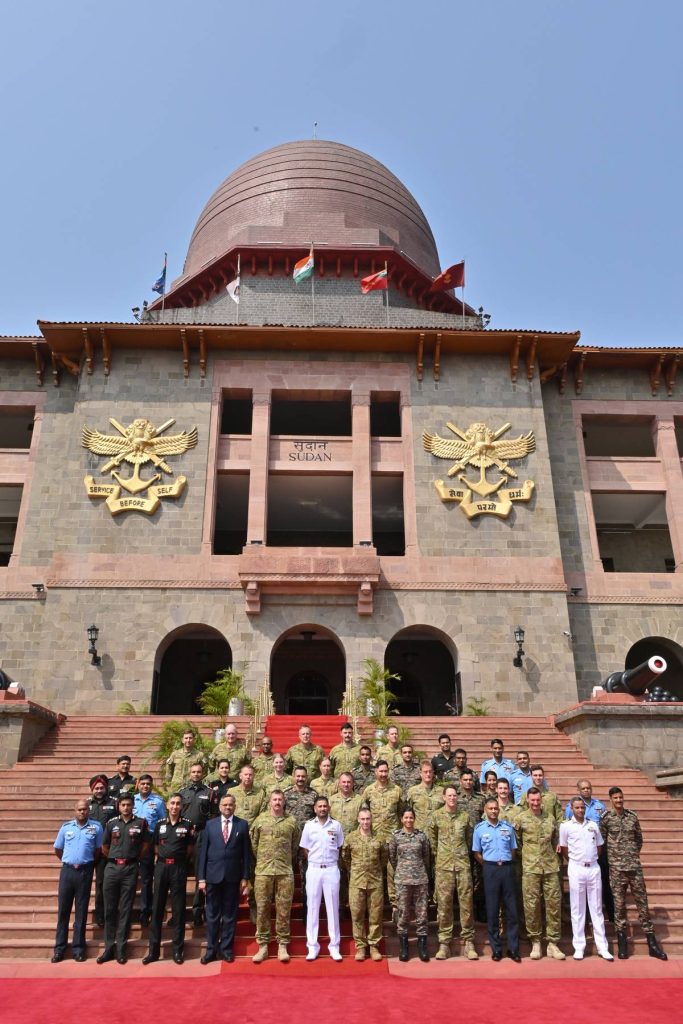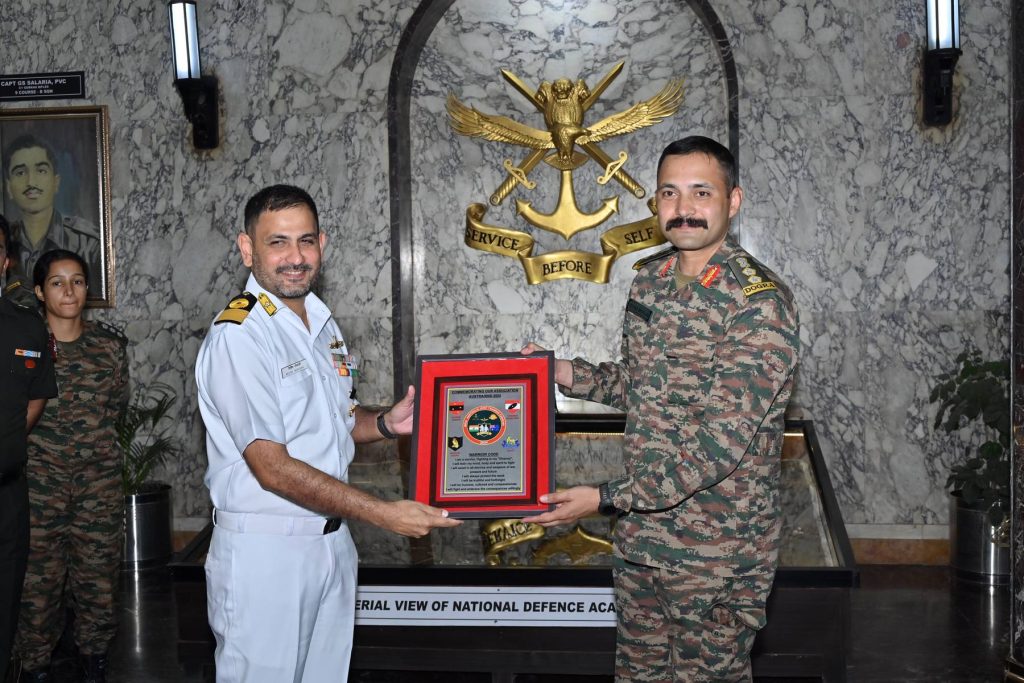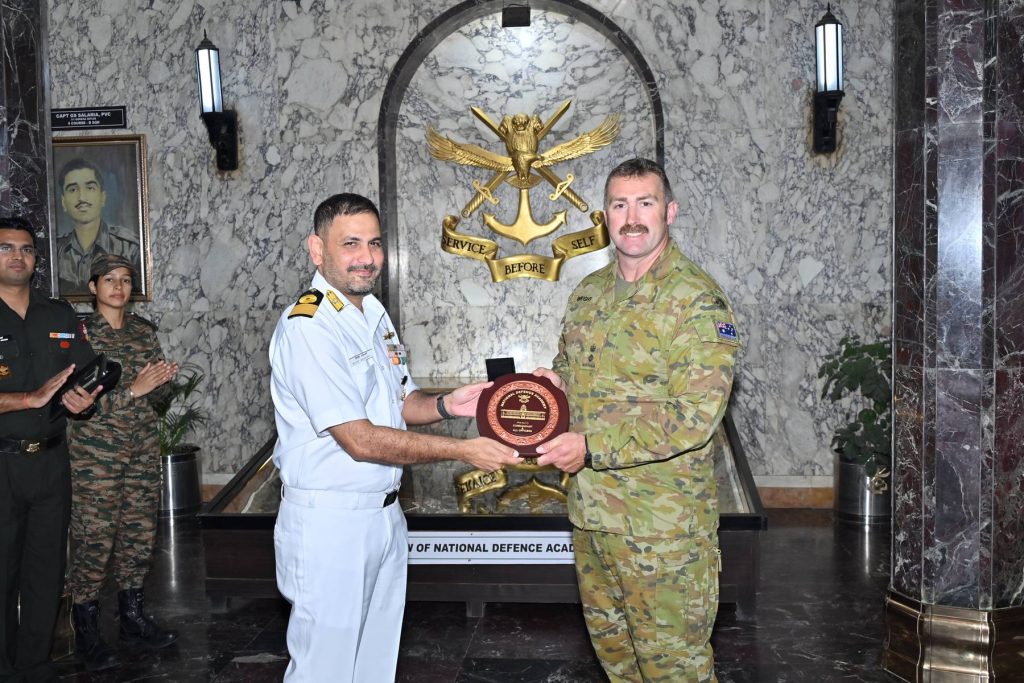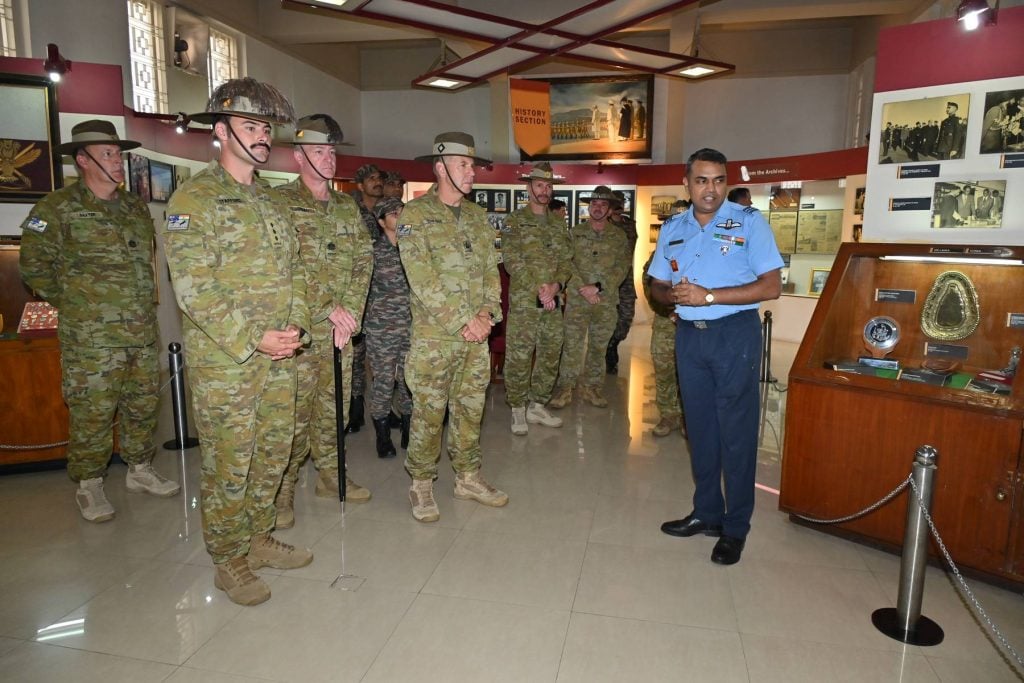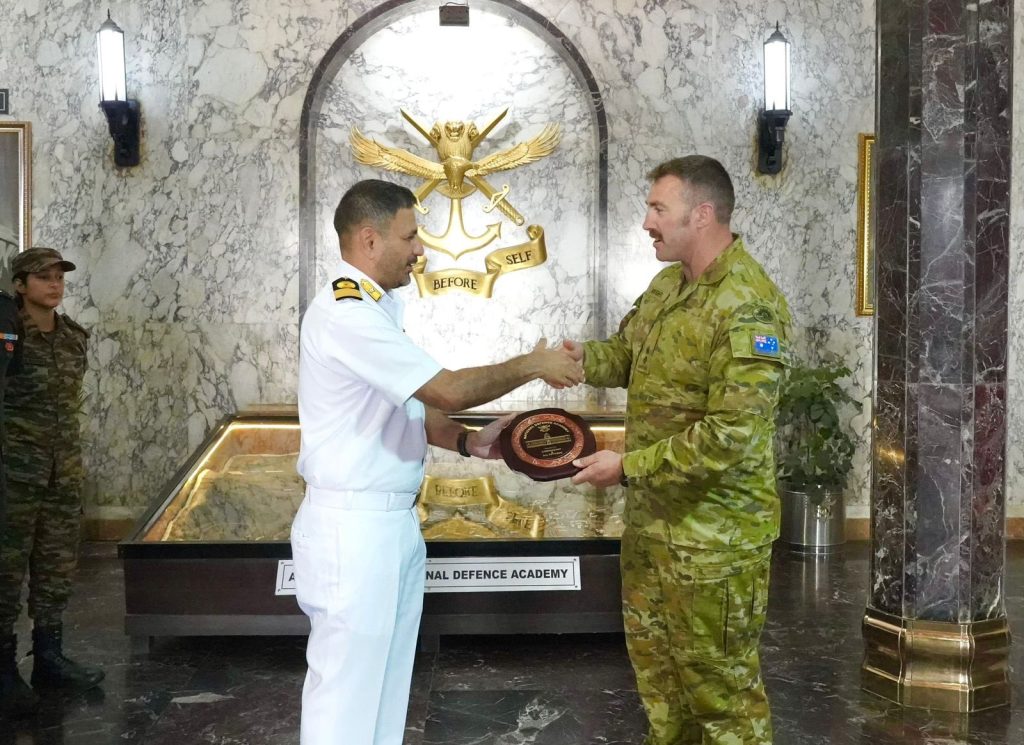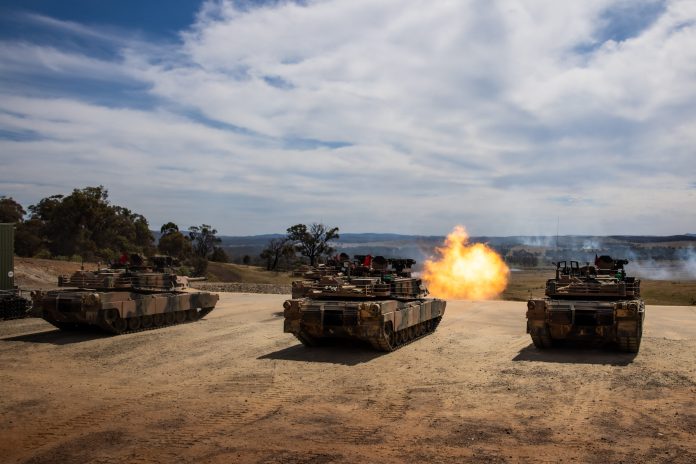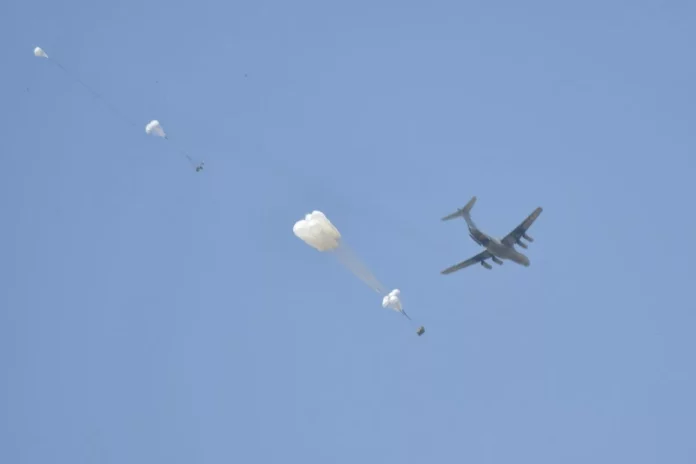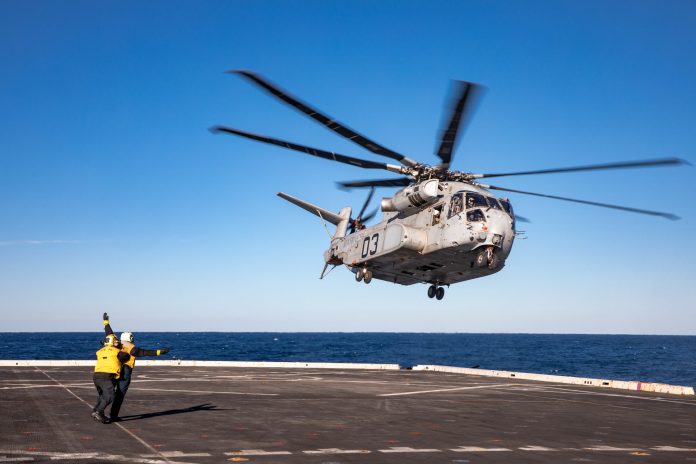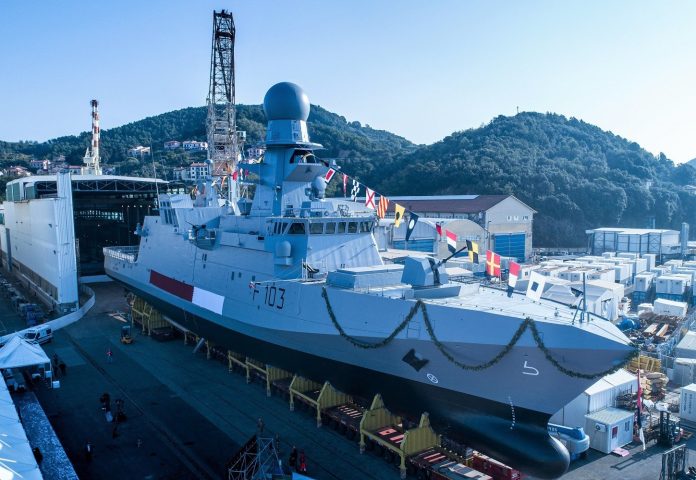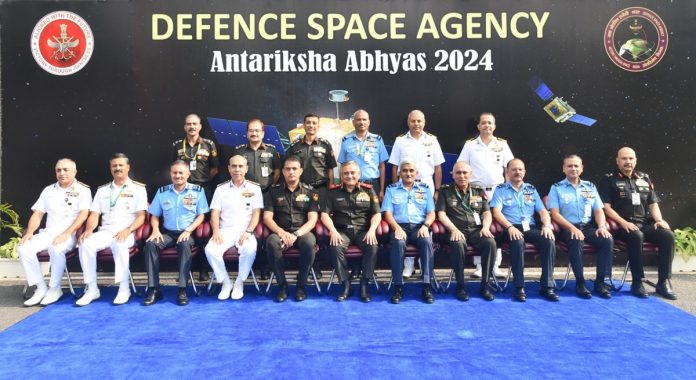In a significant step towards enhancing inter-service coordination, Air Chief Marshal A. P. Singh, Chief of the Air Staff of the Indian Air Force (IAF), met General Upendra Dwivedi, Chief of Army Staff (COAS), today to discuss critical issues of joint operational strategy. The meeting highlighted the growing emphasis on synergy and collaboration between the Indian Army and the Indian Air Force in safeguarding the nation’s security.
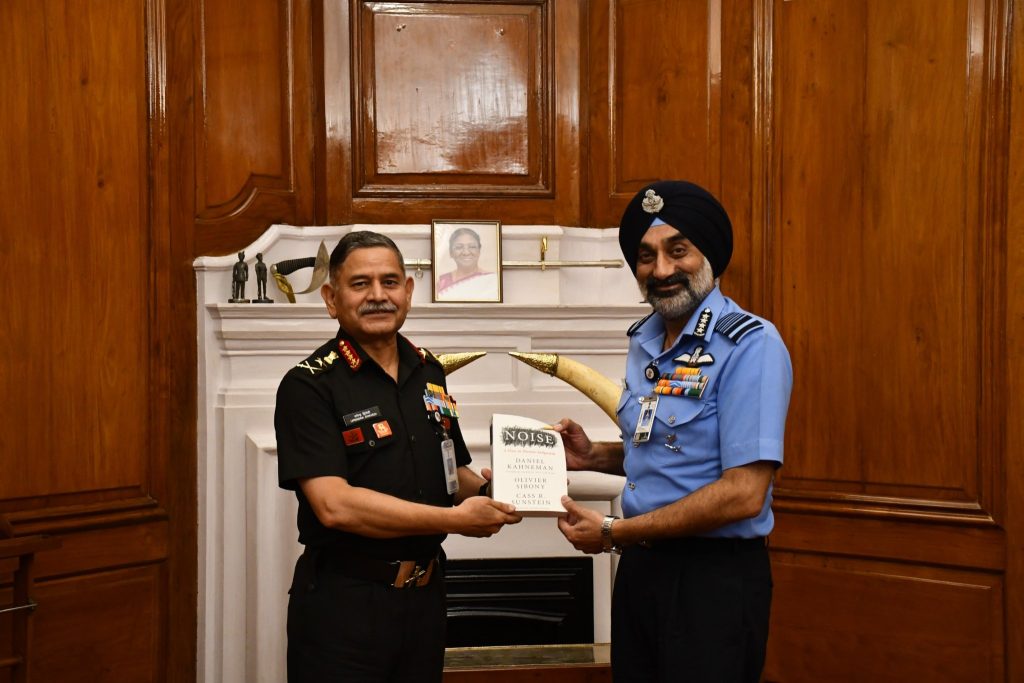
The discussion revolved around strengthening interoperability between the two forces, with a focus on developing joint strategies and operational protocols to address evolving security challenges. Topics such as integrated operational planning, resource sharing, and leveraging advanced technology were key elements of the dialogue.
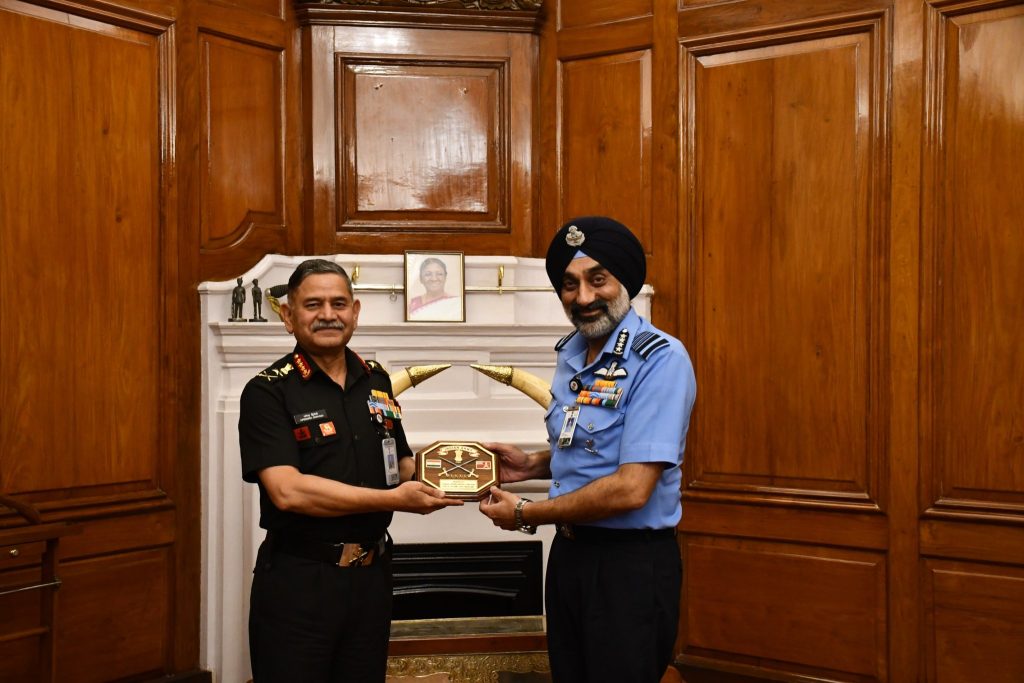
General Upendra Dwivedi reiterated the Indian Army’s commitment to fostering jointness among the three services—Army, Air Force, and Navy—ensuring seamless coordination in defense operations. “Enhanced synergy among the services is crucial for addressing multifaceted threats and achieving operational excellence,” he said.
Air Chief Marshal A. P. Singh echoed these sentiments, emphasizing the importance of collective efforts to meet the complex demands of modern warfare. “The Indian Air Force is dedicated to working closely with the Indian Army and Navy to bolster national security and ensure a coordinated response to any contingency,” he added.
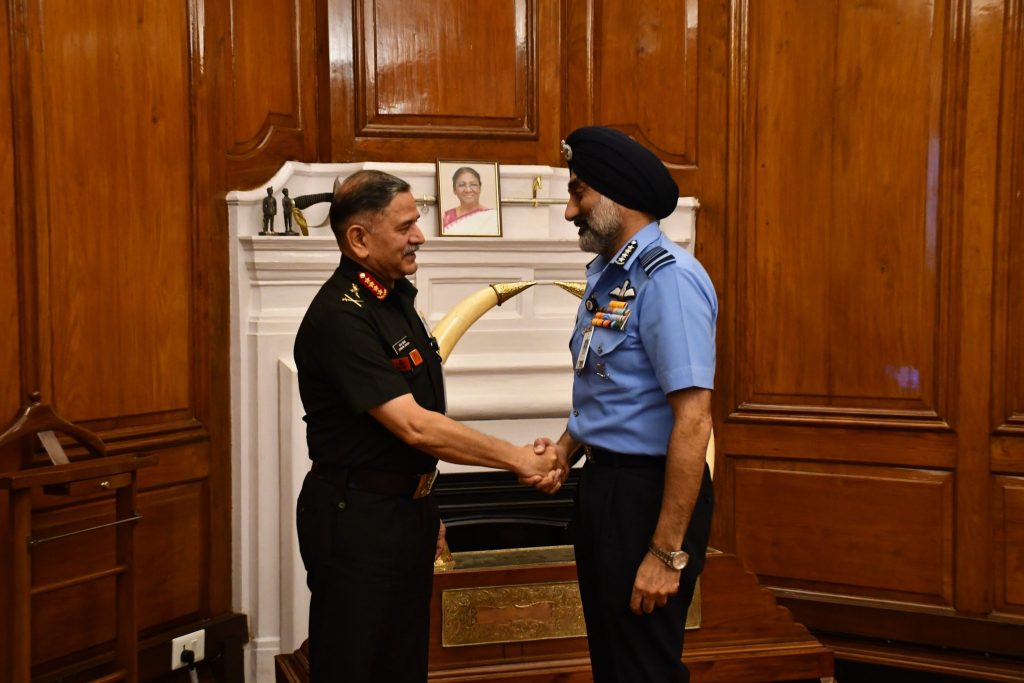
The meeting underscores the commitment of the Indian Armed Forces to operate as a cohesive unit, leveraging the unique strengths of each service. It is a clear demonstration of the evolving nature of India’s defense strategy, focused on fostering jointness, technological integration, and strategic foresight to protect the nation’s interests effectively.
Such high-level interactions are seen as pivotal in reinforcing the bonds between the services and ensuring that India’s defense forces remain prepared for the challenges of the future.

